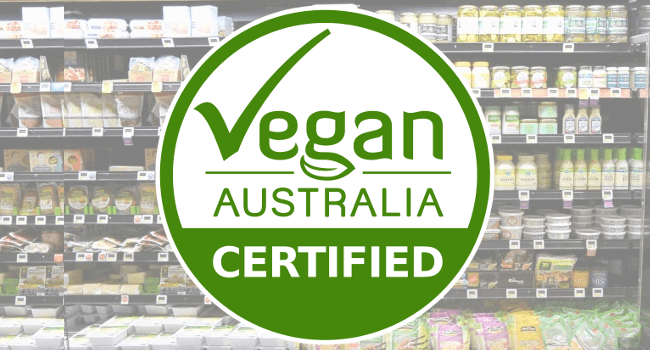
This statement discusses how the Vegan Australia Certified standard is applied when certifying vegan products where there is a possibility of cross contamination with non-vegan ingredients.
We first note the following Allergen labelling statement from the UK Vegan Society: "Products suitable for vegans may not be suitable for people with allergies. Vegans avoid exploitation of animals, whereas people with allergies need products that do not contain the allergens that affect them. These are separate issues."
The Vegan Australia Certified standard simply states that "reasonable steps must be taken to minimise cross contamination".
The standard allows the use of shared kitchens, equipment, machinery, production lines, factories, etc, where both vegan and non-vegan products are made or handled, as long as reasonable steps are taken to minimise the risk of cross contamination of the certified vegan products with non-vegan ingredients.
This policy conforms with other major vegan certification programs, such as the UK Vegan Society, the US Certified Vegan, the European V-Label and the Canadian VegeCert programs, which permit products made on shared machinery as long as no animal ingredients are deliberately used or added at any point during production.
If there is any risk of cross contamination, manufacturers applying for certification must specify what steps they take to minimise this risk. There are no detailed rules for this, as it will depend on the situation, but some examples are: using separate equipment; thoroughly cleaning production line, surfaces and machinery between non-vegan and vegan batches; high pressure air clean out of equipment; washing utensils with hot water in dishwasher; using production scheduling to make vegan batches first in the day or on a different day to non-vegan batches; storing vegan materials in dedicated containers; storing vegan ingredients in a separate warehouse or area in store room or cool room; having workers change personal protective equipment when handling vegan products; using protein swabbing to ensure equipment is clean prior to production of vegan product; using colour coding to visually separate containers for segregation of vegan and non-vegan product.
A statement from the manufacturer describing the steps they take will suffice. For larger facilities, details of how workers are trained in these procedures should also be included. Manufacturers should conform to Good Manufacturing Practices (GMPs).
If there is a risk of contamination with animal products, the product packaging should include an appropriate statement, such as 'may contain ...' or 'made in a facility that also handles animal products' or similar. Explicit statements that the product contains animal products are not acceptable. For example, a product with a "contains milk" statement can not be certified.
Vegan Australia does not perform testing of the final products and does not set maximum levels of contamination. But Vegan Australia does reserve the right to audit the site for compliance with the standard.
To clarify the position for consumers, Vegan Australia does not claim that certified products are suitable for people with allergies. Certified products can correctly say 'may contain milk', etc.
Find out more about the Vegan Australia Certified program, including how to apply. Or contact us for further clarification.

© Vegan Australia | Registered as a charity by the ACNC | ABN 21 169 219 854